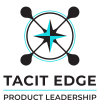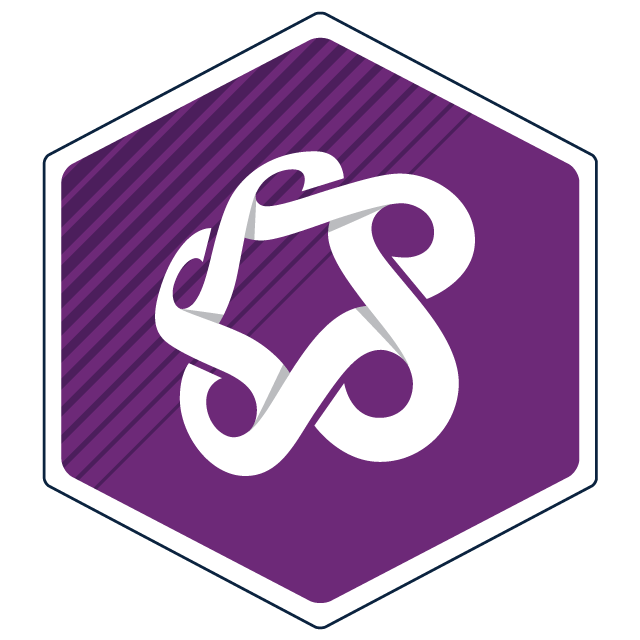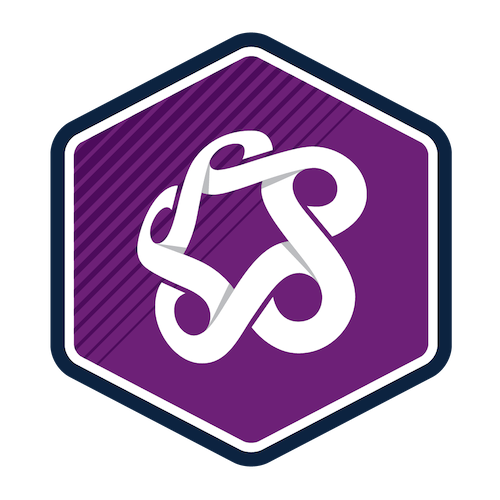Overview
Product managers are the strategic connectors who transform customer insights into successful products, making them highly valued professionals across industries. Ready to launch your career in one of the most sought-after disciplines in tech?
Our Applied Product Management bootcamp is an innovative product management learning experience designed to move beyond theory and focus on practical application. In this course, you'll develop both the strategic mindset and tactical skills needed to guide products from initial concept through market success, all while building a portfolio that demonstrates your capabilities to future employers.
You'll learn design thinking principles, effective product vision and strategy presentation, agile prioritization tools, backlog management, and roadmap creation alongside essential skills like stakeholder interviewing and team leadership. Working on real-world case studies and a cross-functional team project, you'll develop practical frameworks for product demos and go-to-market planning while building products that solve genuine user problems. Beyond technical training, you'll gain career-focused support with interview coaching, resume guidance, and networking opportunities through industry guest speakers.
By the end of the course, you'll be equipped with the strategic thinking, technical knowledge, and leadership skills to identify product opportunities, lead cross-functional teams, and drive successful product outcomes in today's AI-enhanced business environment.
This course is ideal if you:
- want to transition into product management from another field
- are looking to formalize your product management skills with hands-on experience
- need to understand how AI tools are transforming product management workflows
- aim to earn a recognized micro-credential that demonstrates your competency to employers.
Our partners
 Developed with various industry and education partners, SAIT's Applied Product Management bootcamp is delivered in partnership with Tacit Edge Product Leadership. Tacit Edge is a Canadian company redefining how people learn to lead in the age of AI. Founded by two globally recognized product leaders, Christa Hill and Renee Matsalla, Tacit Edge has trained hundreds of professionals across industries, giving them the skills to reduce risk, solve real problems, and grow valuable products using applied product management and AI literacy.
Developed with various industry and education partners, SAIT's Applied Product Management bootcamp is delivered in partnership with Tacit Edge Product Leadership. Tacit Edge is a Canadian company redefining how people learn to lead in the age of AI. Founded by two globally recognized product leaders, Christa Hill and Renee Matsalla, Tacit Edge has trained hundreds of professionals across industries, giving them the skills to reduce risk, solve real problems, and grow valuable products using applied product management and AI literacy.
Upon successful completion of this course, you'll be able to:
- develop a full cycle design thinking practice for a product and the role of a product manager
- present a story, vision and strategy for a product
- use agile tools for prioritization, backlog management, roadmap creation and measuring for success
- develop methods on how to create effective user and stakeholder interviews by incorporating great questioning
- lead tactics discussion
- form a team and build a kick-off along with live stakeholder interviews
- act as an effective leader by embedding design thinking principles into your practice
- create a product demo template
- create a go-to-market plan
- showcase the full journey of the product build.
To request a course outline, contact ConEdAdvising@sait.ca.
Success Stories — Fred: Applied Product Management
After nearly two decades in finance, Fred wanted a change, and SAIT’s Applied Product Management Bootcamp made it possible. Hear how hands-on learning, industry connections, and career support helped him transition into tech and land a role managing AI programs at SAIT.
Upcoming dates
Select an available section and add it to your cart. When you're ready, proceed to check out to sign into your student account and complete your registration.
Don't have a student account? Let's set one up!
Registration closes seven days before the start date for on-campus, online scheduled, and blended courses, and one day before the start date for online self-paced courses.
After you've completed this course
Upon successful completion of this course, you'll be able to self-print a proof of completion document from your Continuing Education student account.
Micro-Credential
Aligned to current industry standards, SAIT’s micro-credentials develop practical, real-world skills and include competency-based testing. Earning a SAIT micro-credential demonstrates to employers you have the required competencies — both skills and knowledge — to get the job done.

Students who successfully complete this course with a final grade of A- (80%) or higher will earn a micro-credential and receive a shareable digital badge.
Bootcamp
SAIT’s Digital Transformation Bootcamps provide intensive, hands-on experience to develop a wide range of in-demand and employable skills. These programs recreate real-world environments, giving you the opportunity to work with a team while building a unique digital portfolio.
Designed for the early to mid-career professional, bootcamps build on your existing experience, helping you reskill or upskill to transition your career — or supercharge the path you’re already on.
The perks
- Designed by industry experts and focused on the skills and mindsets that enhance employability
- Globally informed, locally driven — our programs are continually evolving to ensure the skills you learn are relevant here and now
- Personalized, hands-on learning designed to amplify learners’ existing expertise
- Networking opportunities with employers and industry partners
- Mentoring and career support that extends beyond the bootcamp
- Develop a unique digital skills portfolio to showcase your skills
Costs
Textbook and reading list
Included in the purchase of this course, you’ll receive:
- Access to supporting content online in Brightspace (D2L)
- Access to a virtual collaboration app (for example, Zoom or Microsoft Teams)
Technology
To be successful in this course, you’ll need:
- Access to your own computer or laptop with standard hardware/software requirements
- A functional webcam and microphone
- Internet access
Financial support
Financial opportunities are available to help pay for your course fees. Learn more about how to reduce your education or training costs with available awards, bursaries, loans and grants, including the Canada Alberta Productivity Grant.

Train your team
Interested in group training opportunities for this course? Tell us about your organization's needs, and one of our training consultants will contact you within one business day.

Oki, Âba wathtech, Danit'ada, Tawnshi, Hello.
SAIT is located on the traditional territories of the Niitsitapi (Blackfoot) and the people of Treaty 7 which includes the Siksika, the Piikani, the Kainai, the Tsuut’ina and the Îyârhe Nakoda of Bearspaw, Chiniki and Goodstoney.
We are situated in an area the Blackfoot tribes traditionally called Moh’kinsstis, where the Bow River meets the Elbow River. We now call it the city of Calgary, which is also home to the Métis Nation of Alberta.
